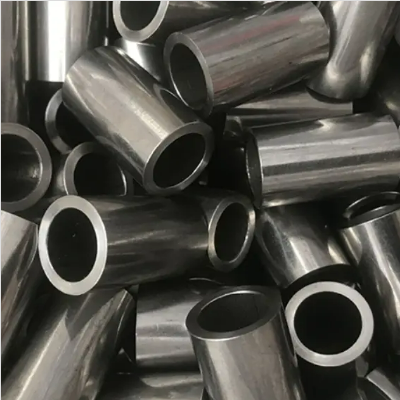Mobile:+86-311-808-126-83
Email:info@ydcastings.com
Exploring the Benefits and Techniques of Aluminium Sand Casting in Industrial Applications
Aluminium Sand Casting A Comprehensive Overview
Aluminium sand casting is a widely used manufacturing process that involves pouring molten aluminium into a sand mold to create a wide range of components and products. This technique is favored for its versatility, cost-effectiveness, and ability to produce complex geometries. In this article, we will explore the process, advantages, and applications of aluminium sand casting.
The Sand Casting Process
The aluminium sand casting process begins with the creation of a mold. The mold is typically made from a mixture of sand, clay, and water, which helps to bind the sand particles together. The first step involves forming two halves of the mold, called the cope and drag. The pattern of the desired component is then placed into the mold, and sand is packed around it to create a negative impression. After removing the pattern, the mold halves are assembled, and the molten aluminium is poured into the cavity.
Once the molten metal fills the mold, it begins to cool and solidify. After sufficient cooling, the mold is broken away to reveal the cast part. It is essential to note that sand molds are typically one-time-use, although they can be produced relatively cheaply, making this technique economical for small to medium production runs.
Advantages of Aluminium Sand Casting
One of the most significant advantages of aluminium sand casting is its adaptability. This process can accommodate a wide variety of sizes, shapes, and complexities, which traditional machining methods may struggle to achieve. Sand casting is also suitable for both ferrous and non-ferrous materials, but aluminium is particularly favored due to its lightweight nature and excellent corrosion resistance.
Additionally, aluminium sand casting allows for a cost-effective approach to producing intricate designs. The materials required for the production of sand molds are inexpensive and readily available. This technique also enables less wastage compared to machining, where excess material is often discarded.
aluminium sand casting

Another notable advantage is the ability to produce large castings. Sand casting can create components that weigh anywhere from a few grams to several tons, making it suitable for a wide range of industries, including automotive, aerospace, and industrial machinery.
Applications of Aluminium Sand Casting
Due to its flexibility and effectiveness, aluminium sand casting finds applications across various industries. In the automotive sector, it is commonly used to manufacture engine blocks, transmission housings, and intricate decorative parts. The lightweight properties of aluminium contribute significantly to vehicle efficiency by reducing overall weight.
The aerospace industry also benefits from aluminium sand casting, allowing for the production of critical components such as brackets, housings, and structural parts. The ability to achieve complex designs further enhances the performance and functionality of aerospace applications.
Moreover, industries such as construction, electronics, and marine often employ aluminium sand casting to create durable and lightweight fittings, housings, and structural components that withstand various environmental conditions.
Conclusion
Aluminium sand casting is an essential manufacturing technique that combines versatility, cost-effectiveness, and the ability to produce intricate designs. Its applications span a wide array of industries, making it a vital process in modern manufacturing. As technology continues to evolve, advancements in sand casting processes and materials are expected to further enhance the capability and efficiency of aluminium sand casting, solidifying its place as a preferred choice for manufacturers around the world. Whether creating components for vehicles or aerospace structures, this process stands as a testament to the ingenuity and adaptability of modern manufacturing techniques.
-
Why Should You Invest in Superior Pump Castings for Your Equipment?NewsJun.09,2025
-
Unlock Performance Potential with Stainless Impellers and Aluminum End CapsNewsJun.09,2025
-
Revolutionize Your Machinery with Superior Cast Iron and Aluminum ComponentsNewsJun.09,2025
-
Revolutionize Fluid Dynamics with Premium Pump ComponentsNewsJun.09,2025
-
Optimizing Industrial Systems with Essential Valve ComponentsNewsJun.09,2025
-
Elevate Grid Efficiency with High-Precision Power CastingsNewsJun.09,2025











